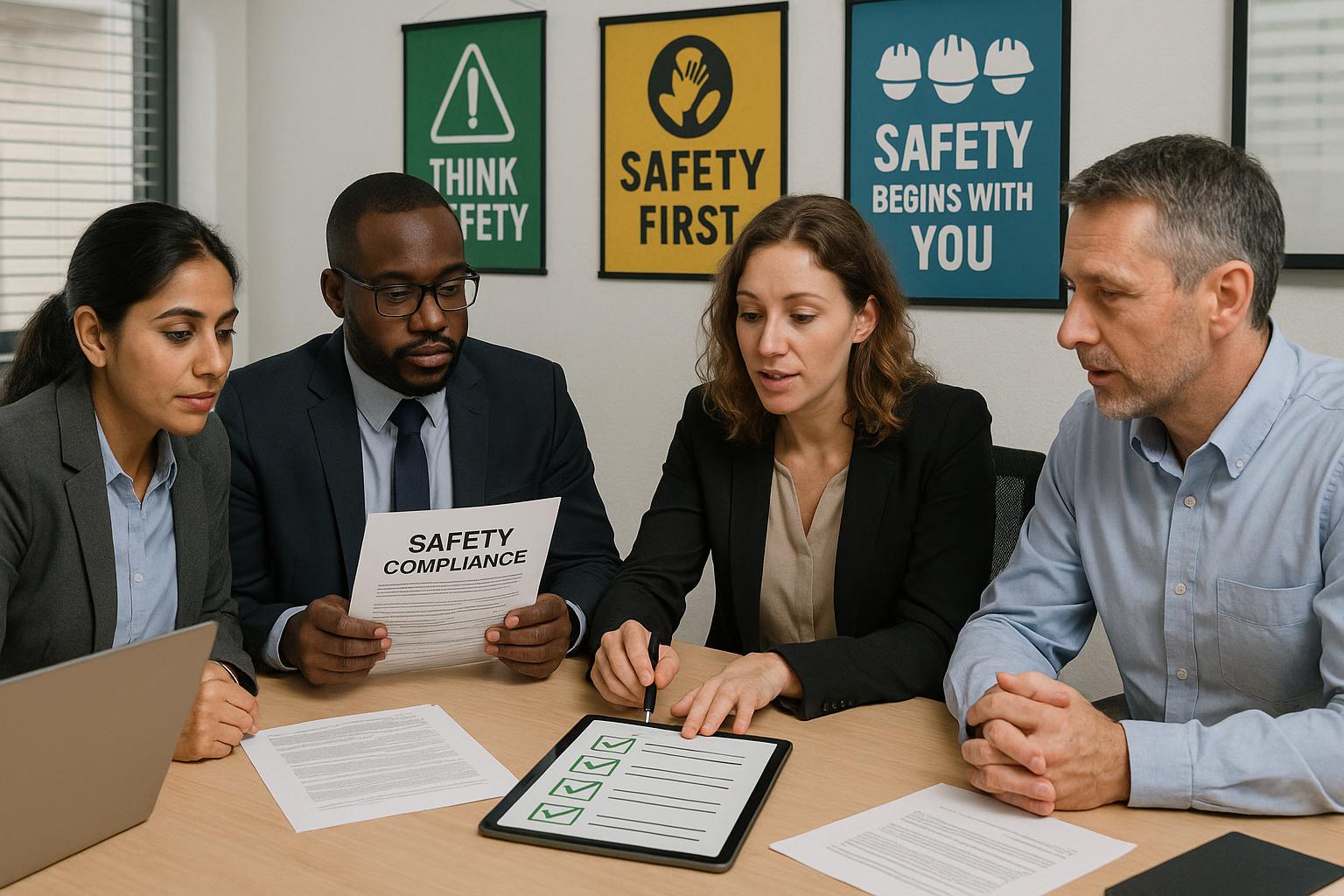Though refueling is a common activity, it can be an extremely dangerous task. Not only can improper refueling cause burns, fires, or explosions, but the gasoline or diesel itself is also a hazardous substance with the potential for leaks and spills. That is why it’s important to practice refueling safely.
Refueling your equipment safely always helps in a way that keeps yourself, others, and your vehicle safe from damage. Here are some tips to follow when refueling:
General Guidelines:
- Always concentrate on the task at hand. Do not try to complete other tasks while refueling.
- Stand by the tank so you can act quickly if something goes wrong.
- Do not refuel while smoking, while others are smoking, or near any other open flames.
- Do not overfill the fuel tank. 95 percent full is a good guideline for any type of vehicle or container.
- On hot days, allow room in the tank for the fuel to expand.
Refueling Portable Equipment or a Portable Container:
- Place the container on the ground when refueling safely, never on the bed of the work vehicle.
- Keep the nozzle in contact with the fuel tank’s inlet tube.
- Do not refuel in areas with heavy vehicle or foot traffic.
- Do not refuel in areas that have the potential for spills or fuel ignition.
- Use only approved containers.
- After filling, wipe off the container and ensure the cap is secure and the air vent is tight.
When Refueling Machinery Safely:
- Turn off the engine and chock the wheels if there is a possibility the equipment or vehicle could roll.
- Do not top off the tank.
- Use only the hold-open latch provided on the pump.
Rules for Refueling Areas:
- Clearly mark refueling areas to avoid the possibility of accidents, including spills or inadvertent ignition.
- Clean up all spills immediately. If you have to leave a spill unattended, mark off the area to reduce to possibility of slips.
- Make sure there is a fire extinguisher available in the area before you begin fueling and that you know how to use it.
- Keep the entire area unobstructed, making sure equipment can enter and exit the area smoothly and that it is free of garbage and debris.



